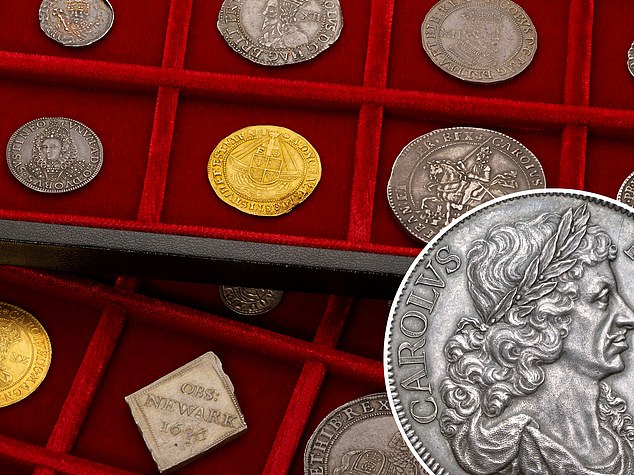One of the rarest and most valuable British coins in existence sold for £817,929 or $1 million at auction.
It is now the most expensive British silver coin ever sold at auction.
Petition Crown was expected to fetch £595,000 (or $750,000) when it went up for auction, but it exceeded its estimate.
Only 16 of these Petition Wreaths exist, this one is part of the Cope collection.
It’s worth it: A petition crown sold for £817,929 or $1 million at auction, making it the most expensive British silver coin ever sold.
The ultra-tax Petition Crown of King Charles II, or Petition Crown as it is known, was minted in 1663 and was part of a collection of British and Roman coins.
This particular Petition Crown is part of the Cope collection, which was owned by renowned numismatist Geoffrey Cope.
The entire collection sold for a total of £6.9 million or $8.8 million.
The Petition Crown from the multimillion-dollar Cope collection is one of only sixteen in existence.
However, there’s no chance you’ll find one among the couch cushions, as the other fifteen Petition Crowns have fallen into the hands of millionaire private collectors or museum collections.
Coin experts at the Classical Numismatics Group said: “We understand there are eight examples of the Petition Crown in museum collections and another eight in private hands.”
The Petition Crown from the Cope collection is one of the finest examples of the coin in the world.
It was graded Mint State 63+ by Numismatic Guaranty Company (NGC), a third-party authentication and grading service. This is the highest rating given to any Petition Crown by any external rating service.
The Petition Crown coin is considered a masterpiece and has always been extremely collectible. Records show one dating back to 1742 selling for £20, which is equivalent to about £3,600 today.
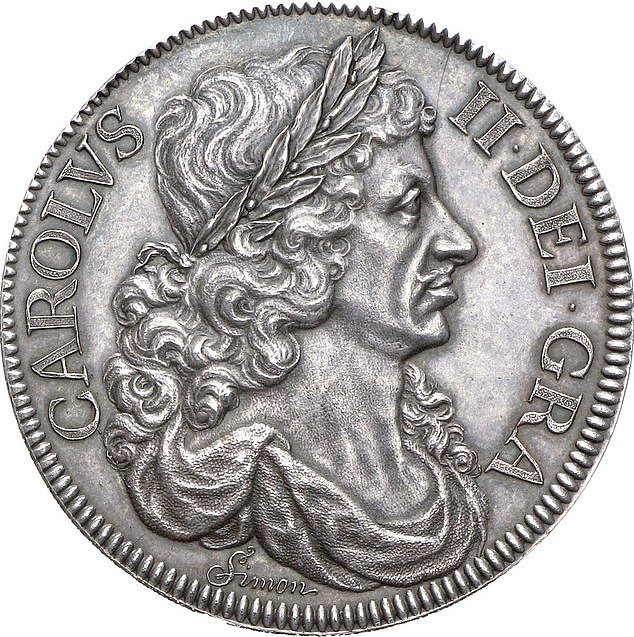
The Petition Crown is one of the rarest and most valuable British coins in existence.
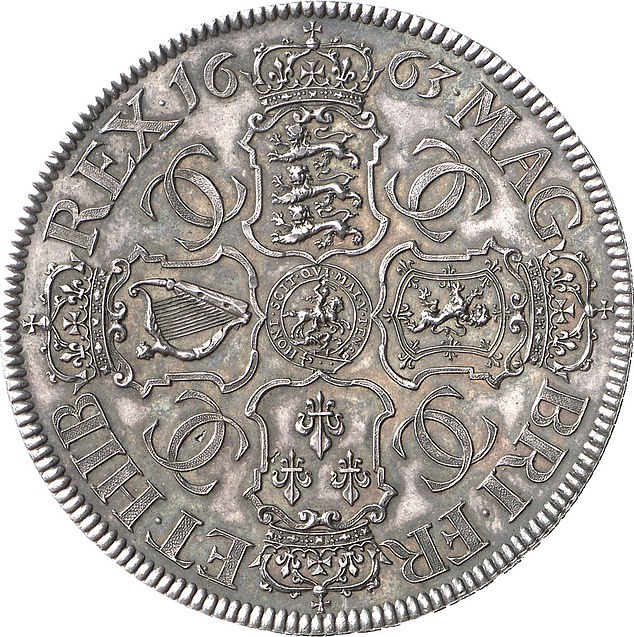
(Reverse) The Petiton Crown was minted in 1663 by the famous medalist and coin designer Thomas Simon, who worked for the Royal Mint.
In 2007, a Petition Crown sold for £207,100 and in 2018 another sold for $649,000 in New York. Earlier this year, another Petition Crown sold in New York for $960,000.
The Petition Crown has a patriotic history behind it. It was minted by the famous medalist and coin designer Thomas Simon, who worked for the Royal Mint, in 1663.
The coin was created by Simon to “petite” King Charles II to reinstate him as sole chief engraver at the Royal Mint and also as a petition against contemporary coins designed by the Flemish brothers John and Joseph Roettiers.
Using new mechanical coin machinery, Simon printed a message around the edge of the coin asking the king to “compare this test piece with the Dutch one”, an allusion to Femish engravers.
The coin features a striking portrait of King Charles II so detailed that you can even make out the shadow of the veins in the king’s neck.
David Guest, director of Classical Numismatic Group, said: “Widely regarded as the most beautiful machine-made coin ever minted and certainly the most important coin in the British series, we are delighted to have seen the 1663 Petition Crown achieve a world record price.
“The overwhelming success of the sale of the Cope collection further underlines the confidence in the market for magnificent and rare British coins.”
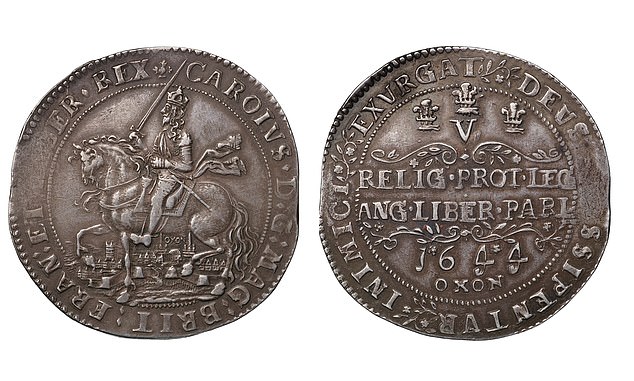
The Oxford Crown was minted in 1644 and shows King Charles I at the Battle of Oxford during the English Civil War.
Oxford Crown
Other records were broken at the auction.
An Oxford crown, the only coin in the British series to feature a representation of a city, sold for £382,798 or $486,000, a record for any coin, gold or silver, depicting Charles I. .
This coin was expected to sell for £132,400, but experts at the Classical Numismatic Group said it would most likely sell for more.
The coin shows King Charles I at Oxford during the English Civil War. It was minted in 1644.
Only eleven original Oxford crowns are known to exist, eight of which are in museum collections.
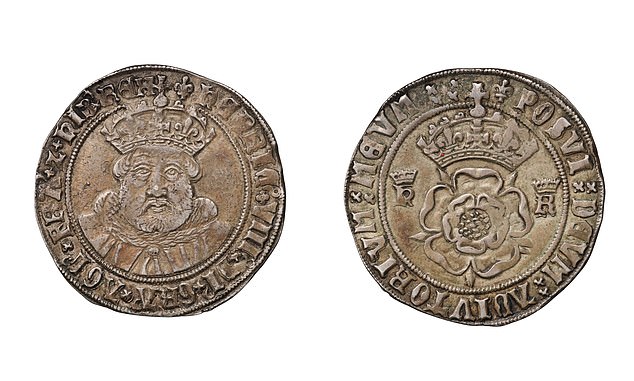
Regal: King Henry VIII Testoon is one of the most sought after coins besides the Crown petition
King Henry VIII Testoon
The King Hergy VII Testoon from the cape collection sold for £100,819, a record for its type.
It was expected to fetch the equivalent of £35,300, but again experts at the Classical Numismatic Group predicted it would likely sell for much more.
This coin was minted in 1544. It has always been popular among collectors due to the striking portrait of King Henry VIII.
It represents a key moment in the reign of Henry VIII, when a lack of funds in the treasury led the Tudor government to introduce cheap metals into coins previously made of sterling silver, known as the Great Decline.
The King Henry VIII Testoon from the Cope collection is considered by experts to be the finest in existence and is a coin that Cope himself spent his entire life searching for.
David Guest, director of Classical Numismatic Group, said: “Widely regarded as the most beautiful machine-made coin ever minted and certainly the most important coin in the British series, we are delighted to have seen the 1663 Petition Crown achieve a world record price.
“The overwhelming success of the sale of the Cope collection further underlines the confidence in the market for magnificent and rare British coins.”
Some links in this article may be affiliate links. If you click on them, we may earn a small commission. That helps us fund This Is Money and keep it free to use. We do not write articles to promote products. We do not allow any commercial relationship to affect our editorial independence.


